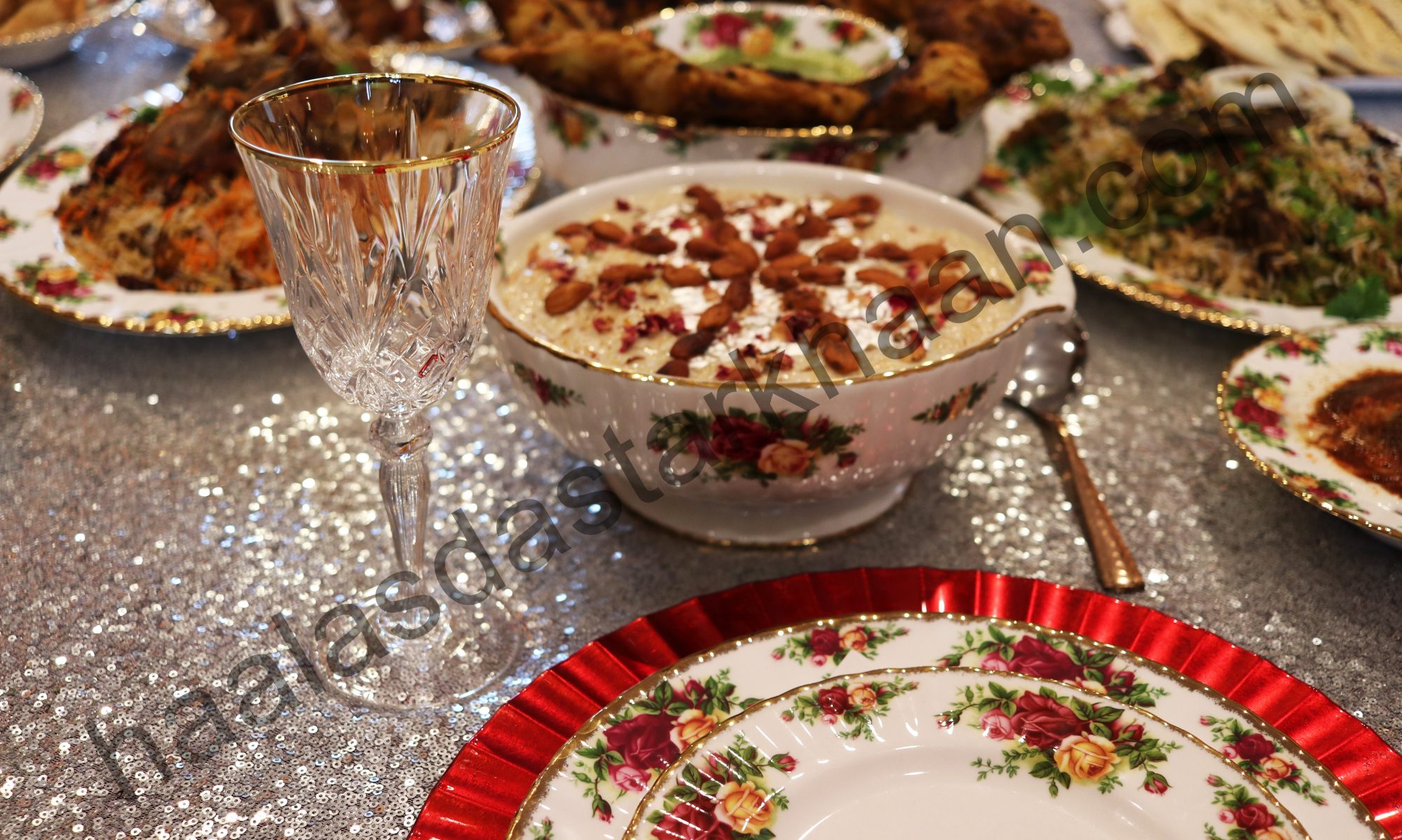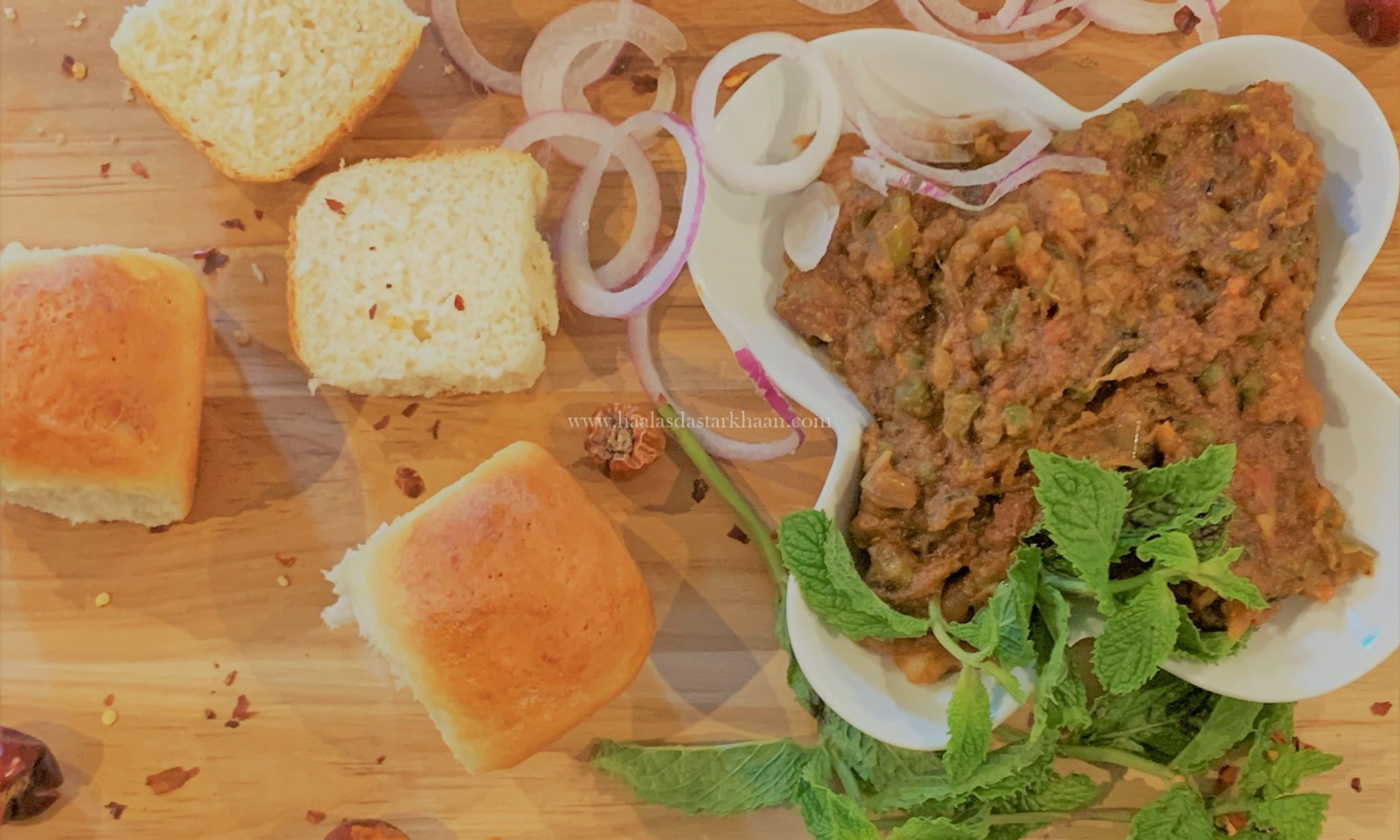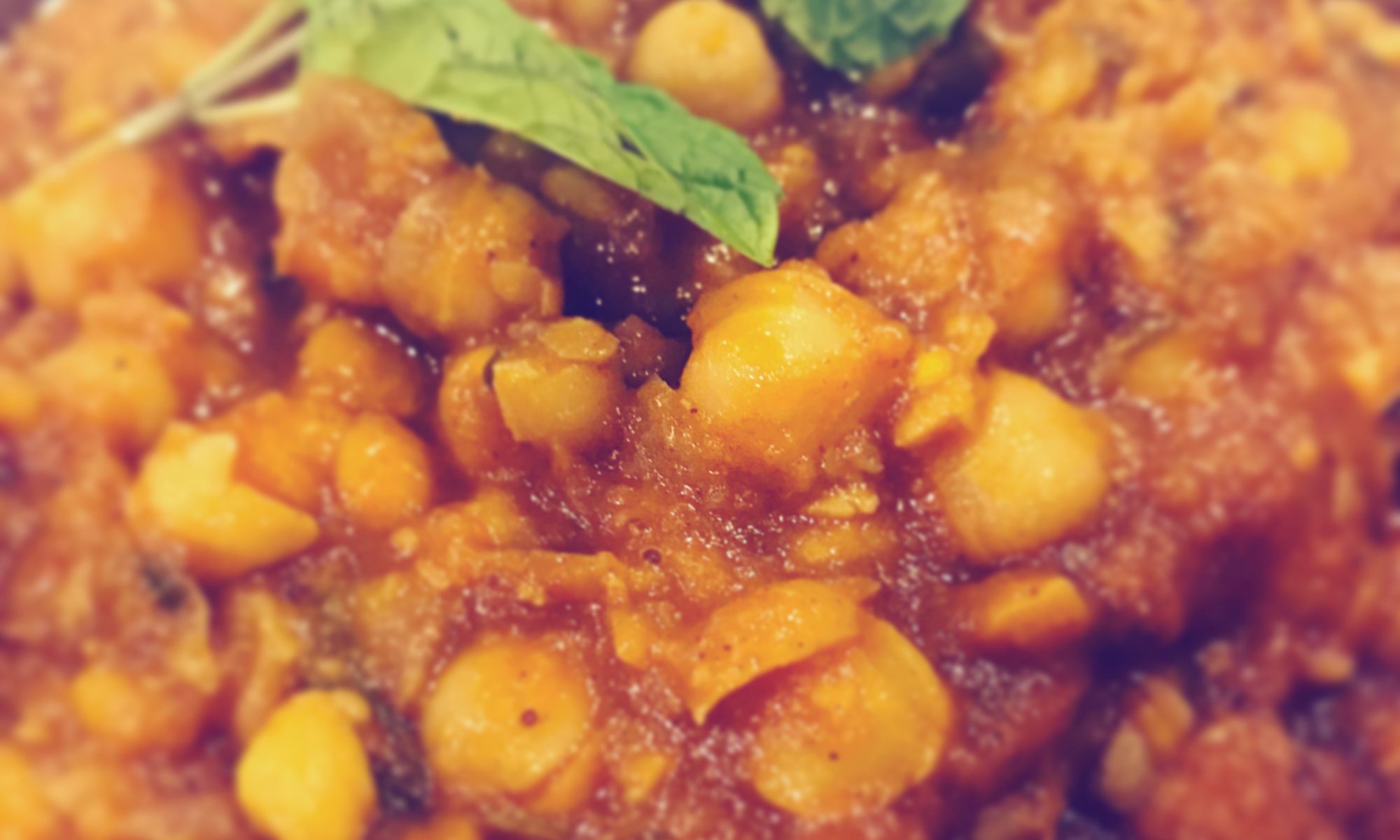I still remember when the trend of Pav Bhaji first came to my town. I was in elementary school, and I absolutely loved the flavors—and so did everyone in my family. It was funny how suddenly Pav Bhaji became everyone’s favorite dish overnight.
I never got the chance to try it at a roadside stall, though I always wanted to. Back then, in the small town I grew up in, it wasn’t considered proper for women to stand and eat at street-side eateries. Writing this now makes it sound like it was ages ago, but really, it’s just been a few decades. What amazes me most is how much my town has changed—it’s exciting, and a little scary too.
Small cities have their own kind of magic. People are friendlier, they have more time, and somehow, everyone knows everyone. Back then, I could walk a mile and meet fifty familiar faces. Today, I might still meet the same number—but that warmth, that sense of closeness, feels a little lost.
Anyway, coming back to Pav Bhaji—my father would always bring it home as a takeaway, and we would all love it to the core. Eventually, my mother started buying Pav Bhaji masala and making it at home, and that’s when homemade Pav Bhaji became a family favorite. The Pav Bhaji masala I use even today is my mother’s recipe—simple, flavorful, and full of memories.
I’ve tried my hands at Pav Bhaji multiple times and have loved every bite of it each time. While my mother always added a mix of vegetables like cauliflower and carrots to her Pav Bhaji, I prefer keeping it simple with just potatoes and bell peppers. It makes the flavors more reminiscent of the original, street-style Pav Bhaji that I first fell in love with.
The Paav are also homemade. They are pretty easy as well. If you follow the recipe properly, you will be able to make these pillow soft amazing buns at home. You can serve the buns with anything, but as Paav with Bhaaji, they just seem to taste super amazing. To make them taste more delicious, split the buns, spread some butter and sprinkle some Paav Bhaaji masala on them and toast them on the Tava/ Pan.
Click and make your own Paav at home


